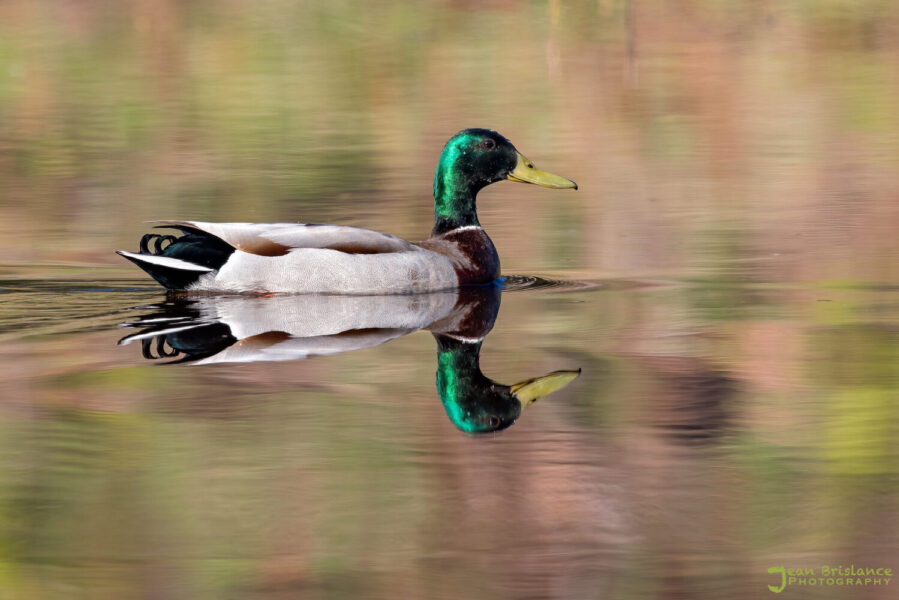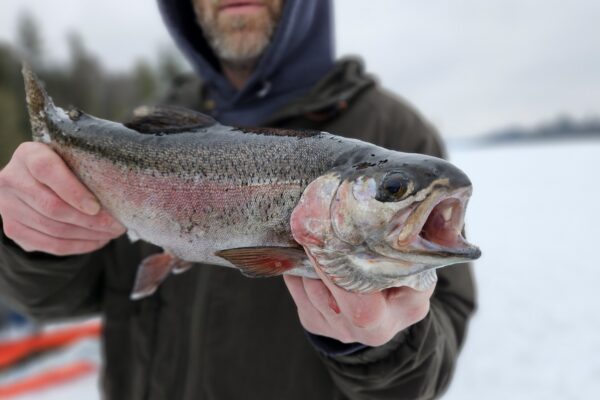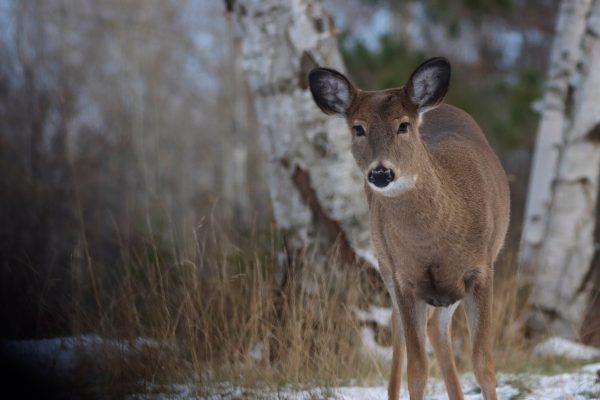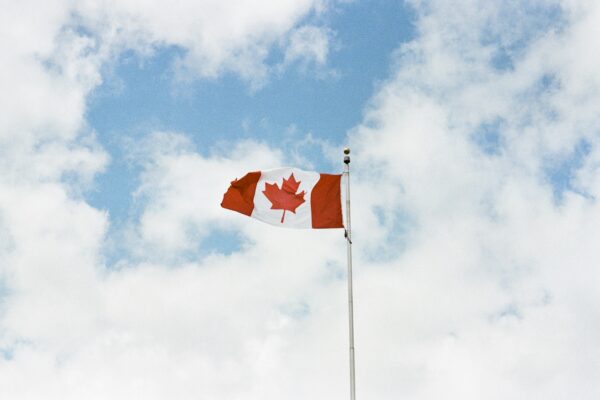State waterfowl counts reflect changes in habitat
Each year the Minnesota Department of Natural Resources conducts population surveys for many species of animals in the state. On Aug. 4 the MN DNR released the numbers from their count of breeding waterfowl, including mallards, Canada geese, blue-winged teals, and other ducks.
Migratory Game Bird Consultant Nate Huck told WTIP that the MN DNR uses those numbers to track the populations year-to-year, but also to look at the longer term trends across Minnesota. The state data is combined with counts from other states and federal surveys from both the U.S. and Canada to get a better picture of the health of the populations.
In an Aug. 4 press release announcing the survey’s findings, the MN DNR provided the following populations numbers:
- Blue-winged teals: 64,000, which is 60% below the 2024 estimate and 69% below the long-term average
- Canada geese: 140,000, which is 32% above the 2024 estimate and 8% below the long-term average
- Mallards: 164,000, which is 16% above the 2024 estimate and 28% below the long-term average
- Other ducks (such as ring-necked ducks, wood ducks, gadwalls, northern shovelers, canvasbacks, redheads and buffleheads): 189,000, which is 119% above the 2024 estimate and 7% above the long-term average
Huck said that changes in the number of birds observed in the state are not always reflective of the overall population for migratory birds in the region. He gave the example of the significant drop in the number of blue-winged teals, saying, “They’re a species that is pretty nomadic, and they chase the best habitat on the landscape. And that habitat was something that we were generally lacking this year.”
For waterfowl and some migratory gamebirds, the habitats they are looking for are wetlands. If they are unable to find a good habitat for breeding, they move on. A lower number of birds in Minnesota could mean more birds in neighboring states, instead of an overall decrease in population. Huck said the full picture will not be clear until the federal surveys and those from neighboring states are available.
According to Huck, over the past several years there has been a decrease in both seasonal and permanent wetlands. He said for Type 2 and 5, the more permanent wetlands, they have seen a roughly 33% reduction. He added that they have observed fewer seasonal wetlands by almost 50% compared to the long-term trends.
Huck pointed to several years of drought conditions as the reason for wetlands shrinking. This level of change, however, is not causing him concern at this point. While the state has not seen a major drought in several decades, he said this level of drought was not unusual, and could prove helpful in the long run. “Frankly, for wetlands and wetland health, it’s a good thing,” he said. “Those wetlands do need to reset, and part of that resetting process is for them to dry out, and it makes them healthier, you know, in the long run.”
If there are several years in a row of lower populations in the state, or even the region, Huck said he remains optimistic. “These are species that are adapted to kind of weathering out poor conditions. And then when conditions are really good, they can find ways to be really productive,” he said. “So certainly, it’s a little bit of a bummer to see those numbers come down, but hopefully, you know when, when wetland conditions are more optimal, you know we can expect that those species will rebound quickly.”
WTIP’s Kirsten Wisniewski spoke with Migratory Game Bird Consultant Nate Huck about the recently released migratory game bird population numbers. Audio of that interview is below.














